MEDZ YEGHERN GREAT EVIL
On 24 April each year the Armenian church remembers Medz Yeghern, the great crime or great evil in the Armenian language. In Turkish the same event is described with these words: sözde Ermeni Soykırımı, so-called Armenian genocide or with "Ermeni Tehciri", Armenian deportations.
Bernard Lewis, a naturalized American historian, was one of the most important
DEFINITION OF GENOCIDE
The term genocide was coined by Raphael Lemkin, a Polish jurist, who lost in the Holocaust 49 relative in 1944, in his book Axis Rule in Occupied Europe,while dealing with the Armenian genocide.
RAPHAEL LEMKIN
The word genocide is the union of two terms one Greek and one Latin:
The word, deriving from the Greek γένος (ghénos race, lineage) and from the Latin caedo (to kill), entered into common use and began to be considered as an indicator of a specific crime, incorporated in the international lawand in the domestic law of many countries.
Middle Eastern scholars.
The Armenian genocide is part of the period of decadence of the Ottoman empire, in the seizure of power by a new ruling class, the "Young Turks" which also includes the noble father of modern Turkey, Ataturk and the First World War.
Already in 1909 there was a massacre of over 30,000 Armenians accused of wanting to join the historic Russian enemies. In the years 1894-1896 there was a campaign against the Armenians led by the Ottoman sultan Abdul-Hamid II (the so-called Hamidian massacres).
For this and other great historical reasons of Middle Eastern countries, Bernard Lewis, Guneter Lewy and Stanford Shaw deny that these events can be associated with the term genocide.
Already under the Ottoman empire there were attacks against minorities such as Greeks and Assyrians.
Already in 1909 there was a massacre of over 30,000 Armenians accused of wanting to join the historic Russian enemies. In the years 1894-1896 there was a campaign against the Armenians led by the Ottoman sultan Abdul-Hamid II (the so-called Hamidian massacres).
For this and other great historical reasons of Middle Eastern countries, Bernard Lewis, Guneter Lewy and Stanford Shaw deny that these events can be associated with the term genocide.
Already under the Ottoman empire there were attacks against minorities such as Greeks and Assyrians.
Maximum expansion of the Ottoman Empire in the 1700s
DEATH OPTOMAN EMPIRE
Collapse of the Ottoman Empire between 1798 and 1923
the territories in light brown are lost in 1886;
the territories in orange are lost in 1914;
the territories in pink are lost in 1920;
Ottoman territory under control of the Treaty of Sévres in 1920 in purple.
copyright Limes Review
the territories in orange are lost in 1914;
the territories in pink are lost in 1920;
Ottoman territory under control of the Treaty of Sévres in 1920 in purple.
copyright Limes Review
With the Treaty of Sèvres, the Ottoman Empire, already drastically reduced with the London Treaty of 1913, peace was signed between the Allied powers of World War I and the Ottoman Empire on 10 August 1920 at the French city of Sèvres.
While France, Great Britain had already negotiated the partition of the Middle East: the negotiations were conducted by the French diplomat François Georges-Picot and the British diplomat Mark Sykes, took place between November 1915 and March 1916. The agreement was then definitively signed on May 16, 1916 Russia also agreed with the two superpowers of the time.
While France, Great Britain had already negotiated the partition of the Middle East: the negotiations were conducted by the French diplomat François Georges-Picot and the British diplomat Mark Sykes, took place between November 1915 and March 1916. The agreement was then definitively signed on May 16, 1916 Russia also agreed with the two superpowers of the time.
green area of influence of Russia;
Blue area of influence of France;
Pink area of influence of Great Britain.
An area of international status was planned for Jerusalem.
"Genocide goes beyond war because the intention lasts forever, even if it is not crowned with success. It is a final intention. "
(Christine Nyiransabimana, Rwandan peasant)
Today there are many conflicting opinions on what genocide is. There are proposals to adjust the deadline.
For some it is a synonym of synonymous with ethnic cleansing.
What matters is that nearly 30 nations have recognized the facts as genocide. Unfortunately, Turkey disregards this responsibility in all locations.
THE GENOCIDE
The methods of extermination of the Armenians take place through forced marces in the desert, leaving the corpses along the road, shooting, deportation. The figures are like any human tragedy difficult to quantify; vary between the various sources between one million and two million people.
Credits: Getty Images
Mass execution of Armenian citizens in Constantinople after the riots of June 1915
Armenians hanged in Aleppo
marches of the death of the Armenians
deportation of Armenians
The Armenian genocide caused about 1.5 million deaths. Turkish sources tend to minimize the figure.
According to the Armenian Patriarchate of Constantinople, in 1914 the Anatolian Armenians ranged from a minimum of 1,845,000 to a maximum of 2,100,000.
Historian Arnold J. Toynbee, who was a British intelligence officer in Anatolia in World War I, estimates the total number of Armenians in that country at 1,800,000.
The Encyclopedia Britannica indicates the number of 1,750,000 as probable.
Toynbee believes that the dead were 1,200,000. Historians estimate that the figure varies between 1,200,000 and 2,000,000 deaths, but the total of 1,500,000 is the most widespread and commonly accepted
 |
| Home of the Assyrian patriarch Mar Shimon, In the Hakkari in Qudshanis, (he was then martyred) before the Assyrian genocide |
April 24 is the day of the memory of the Metz Yeghern, that is the Great Evil, the name with which the Armenians indicate the genocide of which they were the object since 1915 by the
will of the Young Turks government in the sunset days of the Ottoman Empire. On 24 April
1915 the exponents of the Armenian elites of Constantinople, Smyrna and Aleppo were arrested and deported. In the following two years, a million and a half Armenians lost their lives due to both massacres and diseases due to the conditions in which they were moved across the territories of the Empire.
will of the Young Turks government in the sunset days of the Ottoman Empire. On 24 April
1915 the exponents of the Armenian elites of Constantinople, Smyrna and Aleppo were arrested and deported. In the following two years, a million and a half Armenians lost their lives due to both massacres and diseases due to the conditions in which they were moved across the territories of the Empire.
 |
PONTIAC GENOCIDE
Photo of Greek victims taken after the Great Fire of Smyrna
Roman Diocese of Pontus, 400 AD https://en.wikipedia.org/wiki/Armenian_Genocide https://en.wikipedia.org/wiki/Armenian_Genocide_denial https://labiancatorrediecthelion.wordpress.com/tag/genocidio-assiro/ https://en.wikipedia.org/wiki/Pontic_Greeks http://www.gliscritti.it/blog/entry/3978 https://en.wikipedia.org/wiki/Basilios_Bessarion THE ARMENIANS A PEOPLE IN EXILE BY DAVID MARSHALL LANG EDITED: UNWIN HYMAN LIMITED, LONDON 1981 http://groong.usc.edu/Geoffrey-Robertson-QC-Genocide.pdf https://vstrokax.net/obshhestvo/harakternyie-primeryi-armyanskogo-orientalizma/ https://en.wikipedia.org/wiki/Greco-Turkish_War_(1919%E2%80%931922) |
Church of St. Peter (Aramaic: Knisset Mar Semaan Kefa, Church of St. Peter in the cave, Church of St. Peter in the cave) near Antakya (Antioch), Turkey, consists of a cave carved on a mountain on Mount Starius with a depth of 13 m, width 9, High 5 m and high 7 m. This cave, used by the first disciples of the called Christians, is one of the oldest Christian churches.



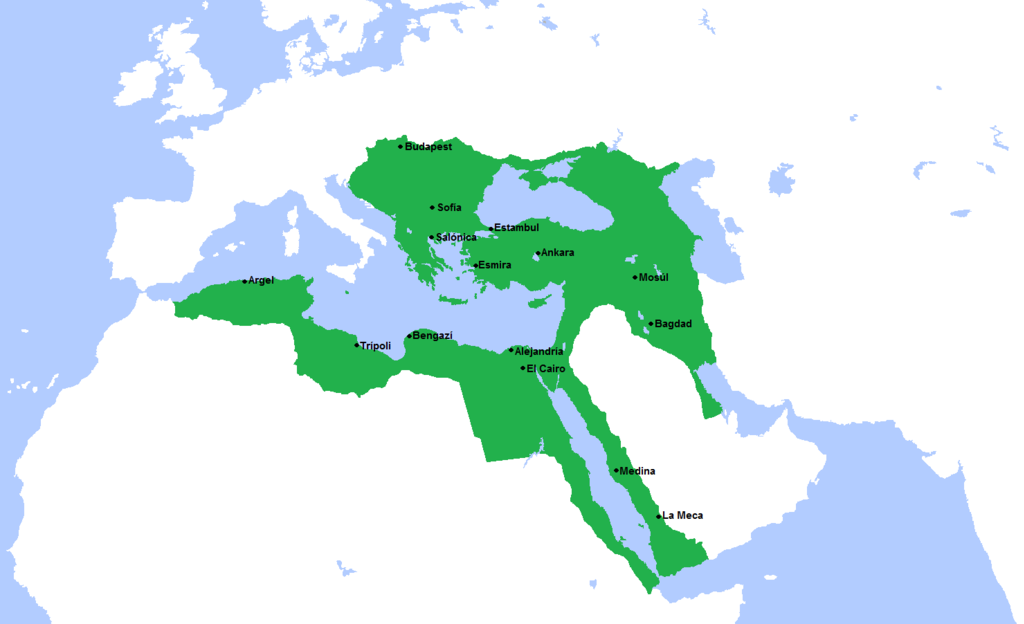

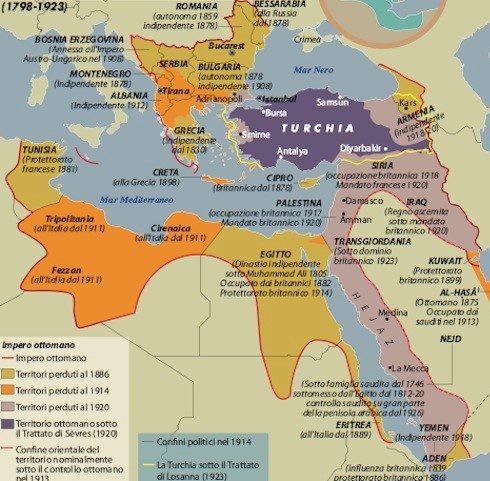
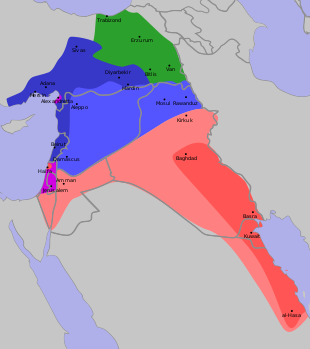
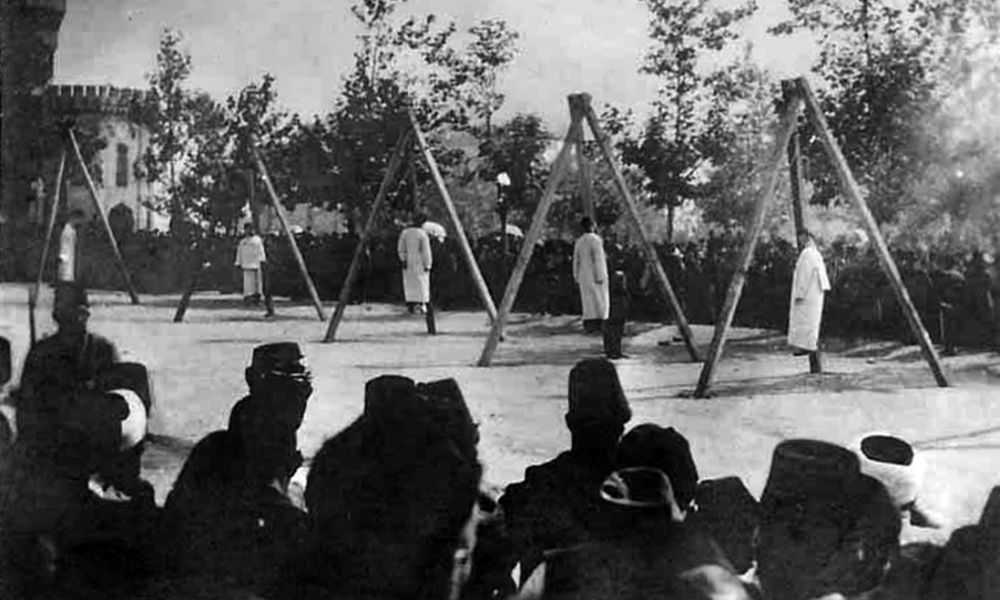
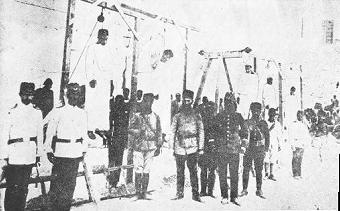

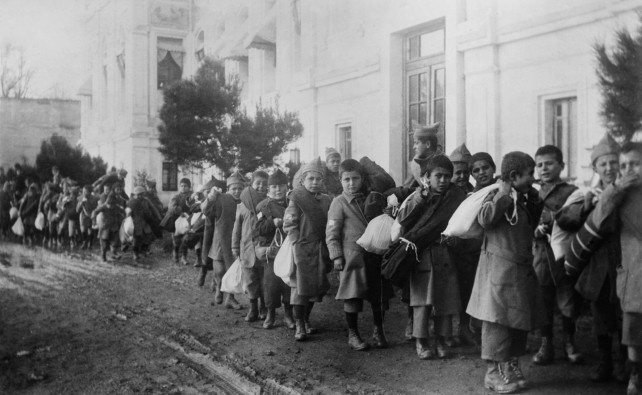






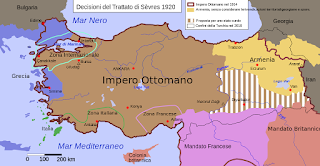

Commenti
Posta un commento